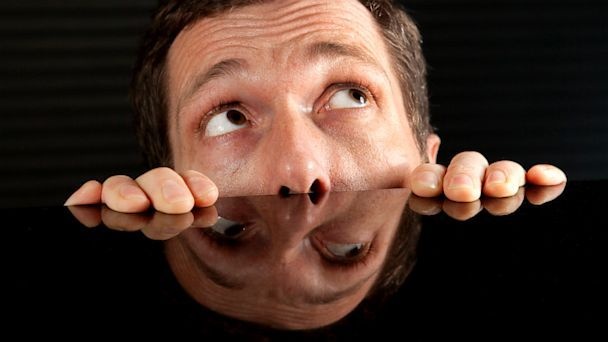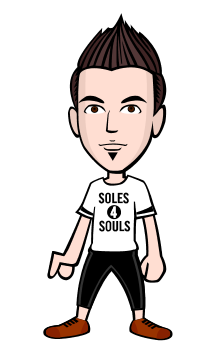In clinical psychology, a PHOBIA is a type of anxiety disorder, usually defined as a persistent fear of an object or situation in which the sufferer commits to great lengths in avoiding, typically disproportional to the actual danger posed, often being recognized as irrational. In the event the phobia cannot be avoided entirely, the sufferer will endure the situation or object with marked distress and significant interference in social or occupational activities.

These are the most common animal phobias:
1. Arachnophobia (fear of spiders)
Arachnophobia or arachnephobi is a specific phobia, the fear of spiders and other arachnids such as scorpions.
Signs and symptoms
People with arachnophobia tend to feel uneasy in any area they believe could harbor spiders or that has visible signs of their presence, such as webs. If arachnophobics see a spider, they may not enter the general vicinity until they have overcome the panic attack that is often associated with their phobia. Some people scream, cry, have trouble breathing, have excessive sweating or even heart trouble when they come in contact with an area near spiders or their webs. In some extreme cases, even a picture or a realistic drawing of a spider can also trigger fear.
Treatment
The fear of spiders can be treated by any of the general techniques suggested for specific phobias.
The first line of treatment is systematic desensitization – also known as exposure therapy – which was first described by South African psychiatrist Joseph Wolpe. In addition, beta blockers, serotonin reuptake inhibitors and sedatives are used in the treatment of phobias.
Before engaging in systematic desensitization it is common to train the individual with arachnophobia in relaxation techniques, which will help keep the patient calm. Systematic desensitization can be done in vivo (with live spiders) or by getting the individual to imagine situations involving spiders, then modelling interaction with spiders for the person affected and eventually interacting with real spiders. This technique can be effective in just one session. The discovery of the implication of N-methyl-D-aspartate in fear and fear extinction has led to the use of D-cycloserine—originally developed as an antibiotic—to augment the results of therapy.
Recent advances in technology have enabled the use of virtual or augmented reality spiders for use in therapy. These techniques have proven to be effective.There is an iOS app using games and augmented reality to treat arachnophobia.

2. Ophiophobia (fear of snakes)
Ophidiophobia or ophiophobia is a particular type of specific phobia, the abnormal fear of snakes. Fear of snakes is sometimes called by a more general term, herpetophobia, fear of reptiles and/or amphibians. The word comes from the Greek words "ophis" which refers to snakes and "phobia" meaning fear.
Care must also be taken to differentiate people who do not like snakes or fear them for their venom or the inherent danger involved. An ophidiophobe would not only fear them when in live contact but also dreads to think about them or even see them on TV or in pictures.
About a third of adult humans are ophidiophobic, making this the most common reported phobia. Scientists have theorised that humans may have an innate reaction to snakes, which was vital for the survival of humankind as it allowed such dangerous threats to be identified immediately.

3. Cynophobia (fear of dogs)
Cynophobia is the abnormal fear of dogs. Cynophobia is classified as a specific phobia, under the subtype "animal phobias". According to Dr. Timothy O. Rentz of the Laboratory for the Study of Anxiety Disorders at the University of Texas, animal phobias are among the most common of the specific phobias and 36% of patients who seek treatment report being afraid of dogs or cats. Although snakes and spiders are more common animal phobias, cynophobia is especially debilitating because of the high prevalence of dogs (in the United States estimated at over 62 million in 2003)[3] and the general ignorance of dog owners to the phobia. The Diagnostic and Statistical Manual of Mental Disorders (DSM-IV-TR) reports that only 12% to 30% of those suffering from a specific phobia will seek treatment.
Treatment
The most common methods for the treatment of specific phobias are systematic desensitization and in vivo or exposure therapy.
Systematic desensitization therapy
Systematic desensitization therapy was introduced by Joseph Wolpe in 1958 and employs relaxation techniques with imagined situations. In a controlled environment, usually the therapist's office, the patient will be instructed to visualize a threatening situation (i.e., being in the same room with a dog). After determining the patient's anxiety level, the therapist then coaches the patient in breathing exercises and relaxation techniques to reduce their anxiety to a normal level. The therapy continues until the imagined situation no longer provokes an anxious response.




